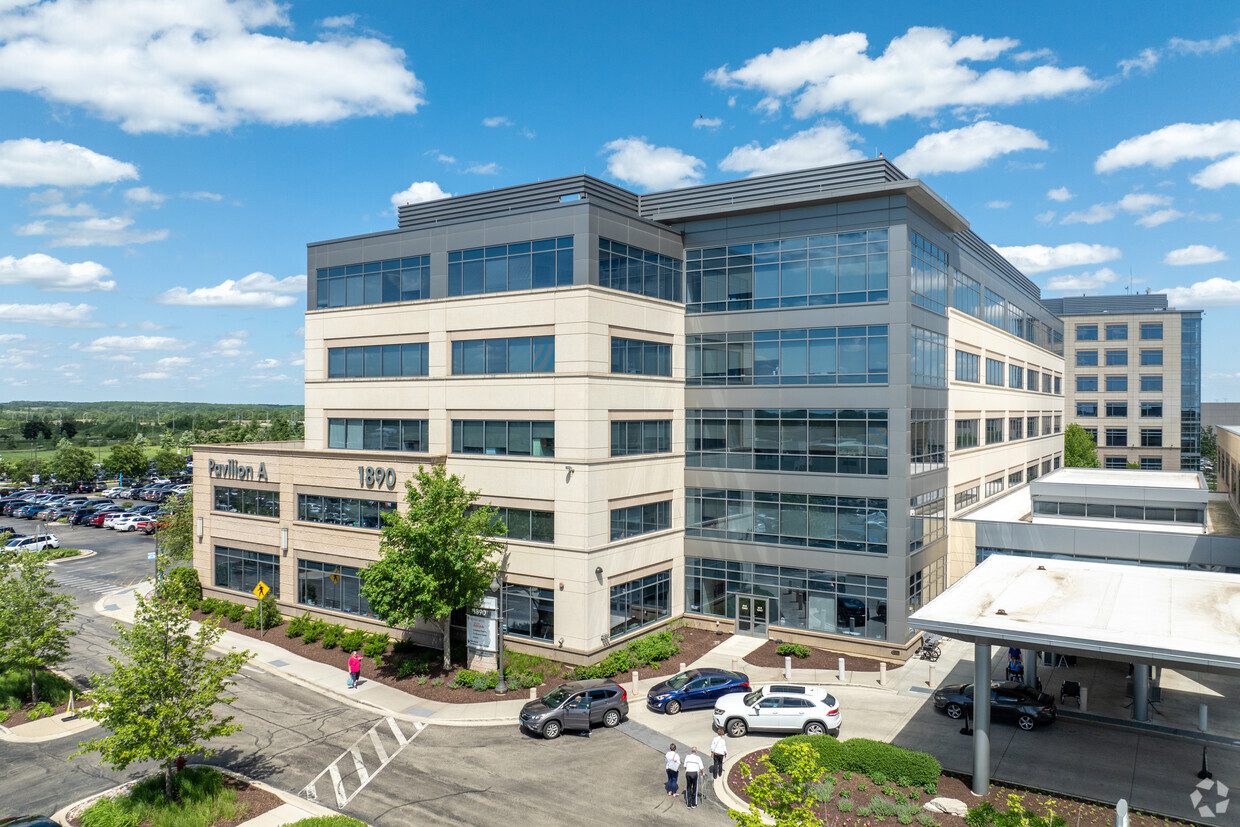October 2021
Net Lease’s Love Affair With Industrial

From the Globe St.com article published September 2021:
Fundamentals are surging and the capital circling this space has gotten very aggressive
By Erika Morphy
Earlier this summer, Bridge Industrial acquired a future development site located in an infill market close to O’Hare International Airport in Chicago—an area that is very difficult to source industrial product for obvious reasons. How did Bridge Industrial accomplish this feat? It struck a sales leaseback deal with a company that was planning to vacate its building and didn’t care if it was demolished once it was gone. Bridge plans to build a state-of-the-art industrial facility in its place that can accommodate many different industrial uses.
At first glance this could just be a story about fortuitous timing. The seller, Nu-Way Industries, is currently looking for a new facility for itself and will remain at the site until its lease runs out.
But dig a little deeper and you will find much larger trends at play, namely the growing number of industrial sale leaseback transactions such as this one. These deals accounted for 7% of the total sales closed last year and 9% of property trades made since the start of this year, according to a mid-year report by CommercialEdge. In general, sale leasebacks are a way for companies to monetize their real estate, allowing them to stay in the building while using the proceeds from the sale of their property to grow their business. But dig deeper even more. While that is surely one of the drivers behind the increase in industrial sale leasebacks, it is not the only.
Simply put, there is so much capital circling the industrial asset class that buyers are making offers for properties that owners could have only dreamed of a few years ago.
“Finding capital is not an issue today,” says Adam Roth, a director of NAI Global Logistics at NAI Hiffman. “It is all about finding deals that pencil out. We are seeing more sale leasebacks because of the aggressive nature of the capital that is being placed.”
It is no accident that the industrial asset class is leading the way with these transactions. Simply put, the sector and its robust fundamentals can do no wrong in the eyes of net lease investors.
Warehouse rents rose by a record 4% in the second quarter while vacancies fell to 4.1%, another record, according to Prologis’ recent Industrial Business Indicator.
For 2021 as a whole, Prologis is predicting net effective market rent growth will set a new high that exceeds 10%.
The surge is happening as supply chains race to restock amid rapid consumer purchasing, which in turn is creating strong future demand. For the first time in more than five years in the US, the REIT sees no markets where supply appears to be a threat to local vacancies or rents.
Meanwhile, tenants, at least the ones that do business with Prologis, are brushing off the rising rents. On Prologis’ Q2 earnings call, Chief Customer Officer Mike Curless said the competition for space among customers is as fierce as he has seen it. He added that Prologis probably wouldn’t lose much business if it did raise rents. Overall, less than 5% of customers are leaving due to higher rents. “I got to tell you the rent becomes a very minor discussion. Just the availability and accessibility of that space becomes the priority,” he said.
To help meet the rapid demand, Prologis says developers are working hard to monetize entitled land, but new starts do not appear significant enough to weigh on rental rate levels and growth. In fact, developers are struggling to secure suitable development land and planning permission for logistics facilities in many markets globally and leasing decisions are being put on hold due to a lack of the right space, according to JLL’s inaugural survey on global logistics real estate.
More than two out of every five respondents, 43%, said they consider ‘limited availability of entitled land’ as the number one constraint on occupier demand. Over one out of every three cited a ‘lack of available speculative buildings’ as the main constraint.
Hence, the increase in sale leasebacks and their pricing. Since the beginning of 2020, the price of a sale leaseback averaged $116 per square foot—significantly higher than the overall average of $93 per square foot of industrial space sold during that same timeframe, according to CommercialEdge.
Furthermore, as of May 31, $18.1 billion in transactions have closed across the US industrial markets. In that timeframe, the average sale price per square foot for industrial space rested at $103 per square foot by May—16.3% higher than May 2020. And, with investor interest for industrial assets expected to remain strong for the foreseeable future, sales activity in 2021 could match—or even exceed—the record $44.4 billion in transactions closed during 2020, CommercialEdge says.
Can these trends continue? Almost uniformly experts say yes they can. Usually they point to e-commerce as a significant driver and in-deed that is true.
Industrial “never experienced a setback in terms of the Covid pandemic recession,” DWS Group’s head of Americas real estate Todd Henderson says, primarily because of the dramatic shift in the supply chains to support e-commerce. “Pre-pandemic, e-commerce had been running between 11% and 13% of retail sales, peaking at the mid-20s and then falling back a bit. “But it’s still almost double where it was before. That translates into industrial demand, and a significant amount of industrial demand.”
NAI Hiffman’s Roth, though, says there are multiple other indicators that signify continued strong demand for industrial space. “I’ve learned over the last 25 years that when something happens in transportation, trucking and retail, it will hit industrial a year-and-a-half later. I call it the Rule of 1.5.” In other words, events from a year-and-a-half ago are influencing industrial now.
Transportation costs, for instance, are the biggest dictator in site selection for distribution facilities. “Commercial real estate costs are just a rounding error.” In December 2017, Regulations were passed requiring truck drivers to log their hours into an electronic logging device that made it difficult to fudge their hours. “That took 8% to 10% out of capacity of truck drivers, which in turn impacted the haul costs to distributors,” Roth said. “There are two ways to offset the length of the haul. One is modal transport, the other is having more real estate. And real estate costs are a lot lower than transport costs.”
Today the rule of 1.5 is still in play. Factors that will influence demand over the next eighteen months include insurance costs, which are really squeezing the trucking industry at the month and the growing unreliability of the international supply line, Roth says. “As the international supply chain becomes more expensive and unreliable, domestic manufacturing becomes more competitive. All of this bodes extremely well for industrial real estate and absorption.”


